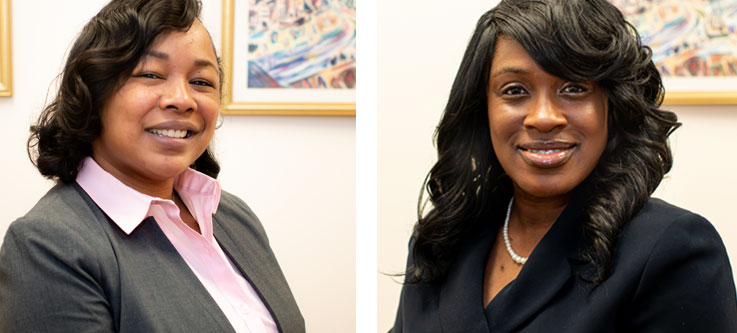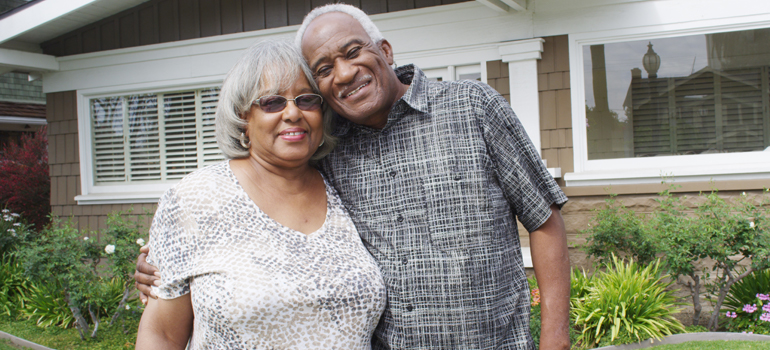How Community Health Workers help clients establish medical homes

Health Care Access Now (HCAN)’s clients often face obstacles—like lack of childcare or transportation—that keep them from seeing doctors regularly. In other words, they don’t have a medical home.
Lynniece Scurry, Community Health Worker (CHW) for HCAN, says it’s important to help her clients find a primary care physician that can act as a medical home because “all of their records are kept there. It’s a place they can go whether they’re sick or due for preventive care.”
She says that having a medical home results in better health outcomes. “Lots of times, that’s because the doctor builds rapport with them.”
From hypertension to healthy birth
Scurry gives an example of a pregnant client who had recently moved to the Cincinnati area. “She had a lot of issues, like hypertension and high cholesterol, and was close to preeclampsia,” which, if left unchecked, could have resulted in an early birth, low birth weight, or even a still birth or miscarriage. “I connected her to an internal medicine primary care site that she loved.”
Before the client moved, her doctors had “given her prescriptions and sent her out the door,” but this new doctor established trust and worked with her to “find ways to manage her weight.” As a result, she had a healthy baby and continues to go there for medical care to this day. “She found her medical home.”
[RELATED: What is a medical home and why does it matter?]
Part of the process
Scurry knows that one of the biggest barriers to establishing a medical home is location and lack of transportation. “I break down what clients need—whether that’s internal medicine or family practice, for example—and find them a medical provider that’s close to home.” She tries to find a place that’s within walking distance, but “if it’s a little too far away, I schedule transportation.”
It’s important to involve clients in the process, explaining services that different providers offer, because many of them have specific requests. For example, “a lot of people don’t want [hard copies of] documentation because they’re afraid they’ll lose it” and want access to MyChart, an online health portal, instead. She goes over the services that the provider offers with the client to make sure they feel comfortable before they visit for the first time.
“I tell them about the advantages of a medical home,” she says, which includes having centrally located and easily accessible medical records. “They know your health history, but as rapport builds, they know about your social situation, too.” She also stresses to clients that going to a regular primary care provider saves time versus going to the emergency room. “It takes a while to locate and pull patient information—and if you go for a routine issue, your consultation gets pushed back when more urgent cases come in.”
Ensuring a good experience
Scurry says that a lot of her clients initially feel reluctant to go to primary care providers at first, “but once they start to form relationships, they understand that [the doctors and medical staff] are there to support them.”
It’s paramount that people have a good experience when they first visit a new doctor, so she always asks her clients for feedback. “Was the provider actually listening to them? If they didn’t have a good experience, why was that?” She uses that information to make recommendations to other clients.
And, if one of her clients has a poor experience, she works with them to either switch providers at the same location or find another location altogether. “They don’t have to be just stuck.”
There are so many reasons why patients who establish a medical home have better health outcomes than those who don’t, but “closeness and rapport” is a big factor, says Scurry. “They can identify if something is wrong more quickly, or help you stick to a medication or diet schedule,” if you have built trust with doctors and their medical staff.






